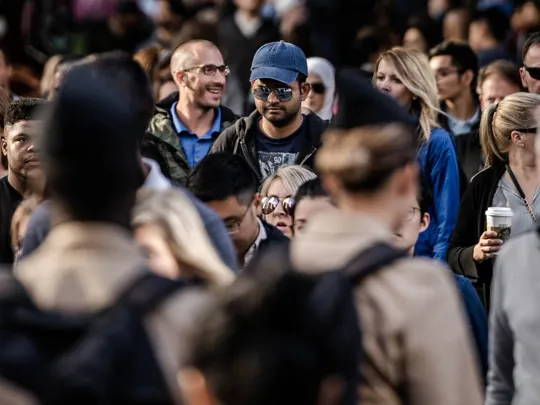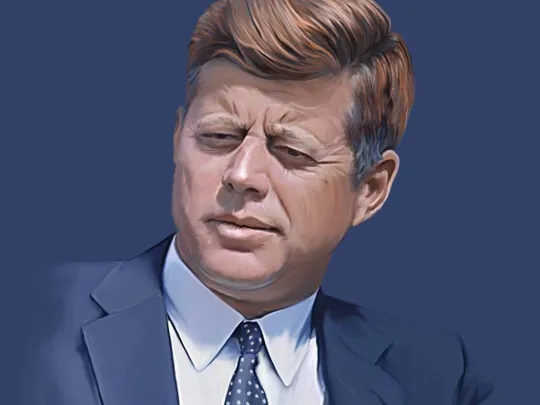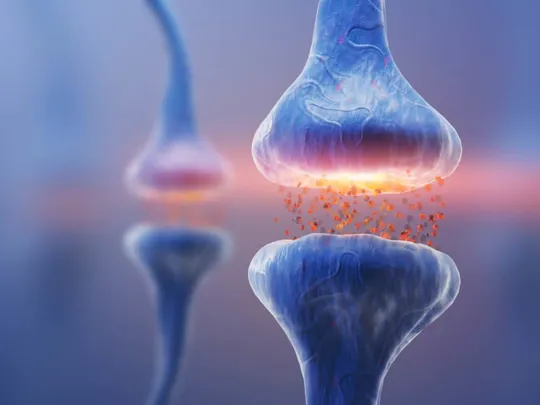Read our latest blog-post for students currently studying psychology for the IBDP from Pamoja teacher, Peter Anthony
Cognitive psychologists investigate mental processes by building theoretical models and then testing predictions based on these models.
As computers became more widespread in the 1960s and 70s, psychologists likened mental processing to the operation of a computer with information inputted through our senses to our brains.
This data then underwent mental processing. Behaviour was the output of this system.
These ideas were revolutionary and cognitive psychologists produced a considerable outpouring of research studies based on various models of memory.
For example, Murdock (1962) identified the serial position effect, i.e. participants asked to free recall a list of 20 words will correctly recall more words at the beginning of the list (primacy effect) and the end of the list (recency effect) than words in the middle of the list.
More words were recalled at the start of the list because participants had the time to rehearse each word and move it to the long-term memory (LTM) while words at the end of the list where still in the short-term memory (STM) when they were asked to recall the list.
Building on this research, Glanzer and Cunitz (1966) designed experiments to test their Multi-Store Model of Memory (MSM). They aimed to test the hypothesis that there are two distinct storage mechanisms the STM store and the LTM store.
Two repeated measures experiments were conducted. In Experiment I, 240 Army enlisted men were presented with lists of 20 common one-syllable nouns. The presentation rate, the time intervals between one word and the next, varied from 3, to 6 to 9 seconds.
The results indicated that spacing affects the shape of the serial position curve, but the effect is limited to the beginning of the list, not the end.
The investigators concluded that this was evidence that the LTM store was distinct from the STM store.
In Experiment II, 46 Army enlisted men were presented with lists of 15 common one-syllable nouns. They were asked to recall the list immediately or after a 10 or 30-second interval in which they performed a distraction task of counting backwards.
Results showed that the recency effect was strongest for immediate recall but declined after that. This variable did not impact the primacy effect.
The investigators once again concluded that the results demonstrated the existence of two distinct memory stores.
Find out more about the IBDP Psychology SL and IBDP Psychology HL with Pamoja.























